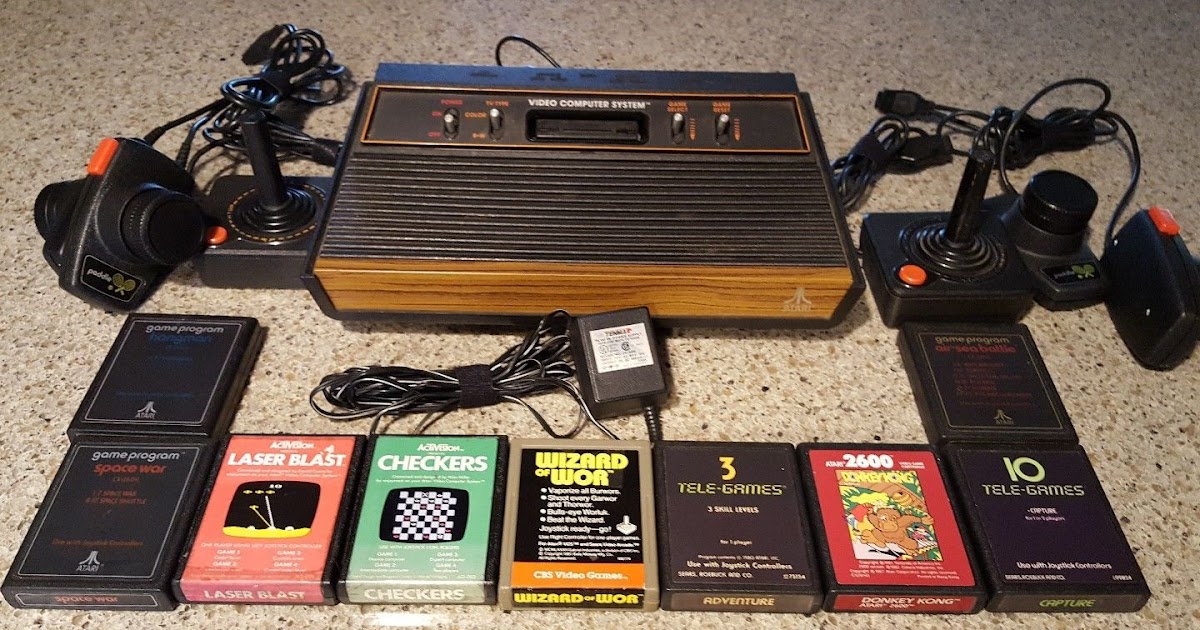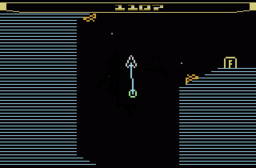

If you collect games with boxes, you can keep the original cartridge in its box and use the Harmony to play a game. Even collectors can take advantage of the Harmony. The price of $60 is so reasonable I wonder how any money is being made off these carts, and unlike some other flash carts, they are readily available for purchase.

And this cartridge will play anything ever released during the 2600's lifespan (with one exception, see below) and most homebrews and reproductions (provided you can find a good dump of the ROM). Then the game will start as if you had the original cartridge in the slot. When you select a game, you will see the Ying/Yang logo for a second or three as the game is burnt to the Flash, but it is very quick. I place the games that require Paddles in separate directories. You may wish to truncate file names for a more refined cosmetic experience and make a note if they require a controller other than a joystick. It will not automatically sort files and folders alphabetically, use a Windows program like Drive Sort for that. It has a page number to help keep your place in directories. The Harmony supports folders and can display ten files or folders on a page and twenty four characters of a file or folder name. When the Harmony boots, you will see a Ying/Yang symbol for a second, then go to a menu. The Harmony supports SD and microSD cards up to 32GB in size, and has 32KB of Flash and 8KB of RAM for games. It will work with just about any Atari 2600 game ROM in existence. The Harmony Cartridge is a flash cart that can load games off SD cards (SD Version) or microSD cards (microSD Version). This Christmas I was extremely fortunate to acquire an Atari 2600 Harmony Cartridge. It did come with 512KB of Flash to load games and 32KB of RAM for games that required it.

(There was a utility to convert binary files on the fly, and when I onwed one I rarely had an issue when a game was corrupted.) Next came the Krokodile Cart, which supported serial transfers and a menu but was not as compatible with as many games. However, it was slow, every file had to be converted, only one game could be stored in its RAM at a time and the audio connection was not always reliable. It was very impressive for its time because it could run virtually the entire 2600 library. This used the Starpath Super Charger method to load games by converting the binary file into an audio signal which the Cuttle Cart would receive and load into its 64KB of RAM. The earliest Atari 2600 cartridge that could load games was the Cuttle Cart.


 0 kommentar(er)
0 kommentar(er)
